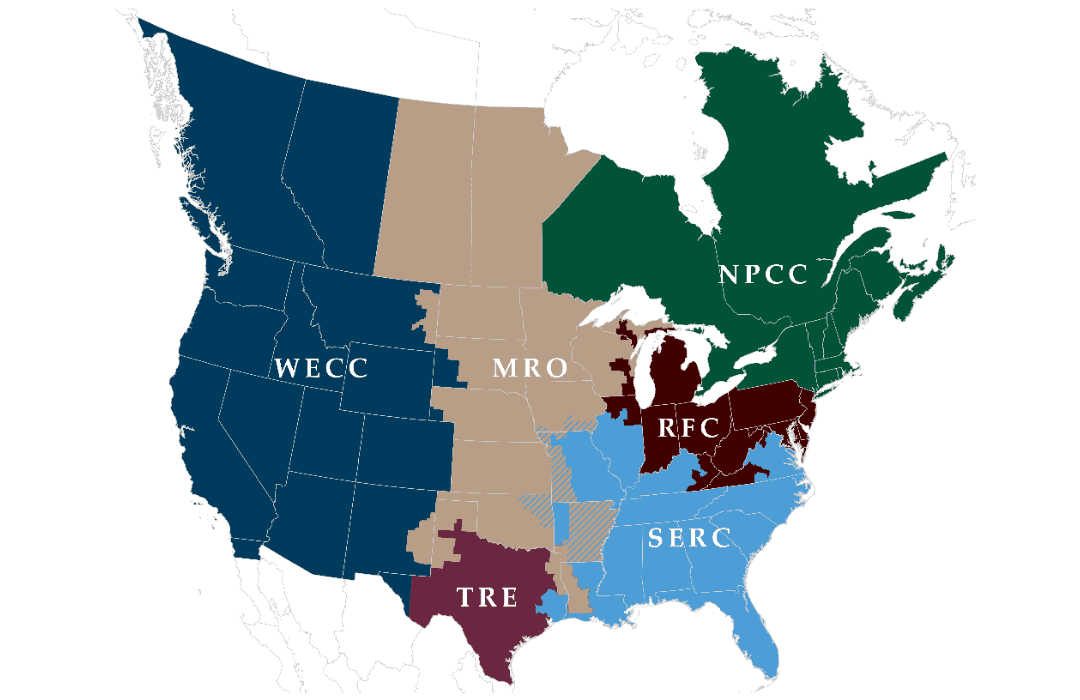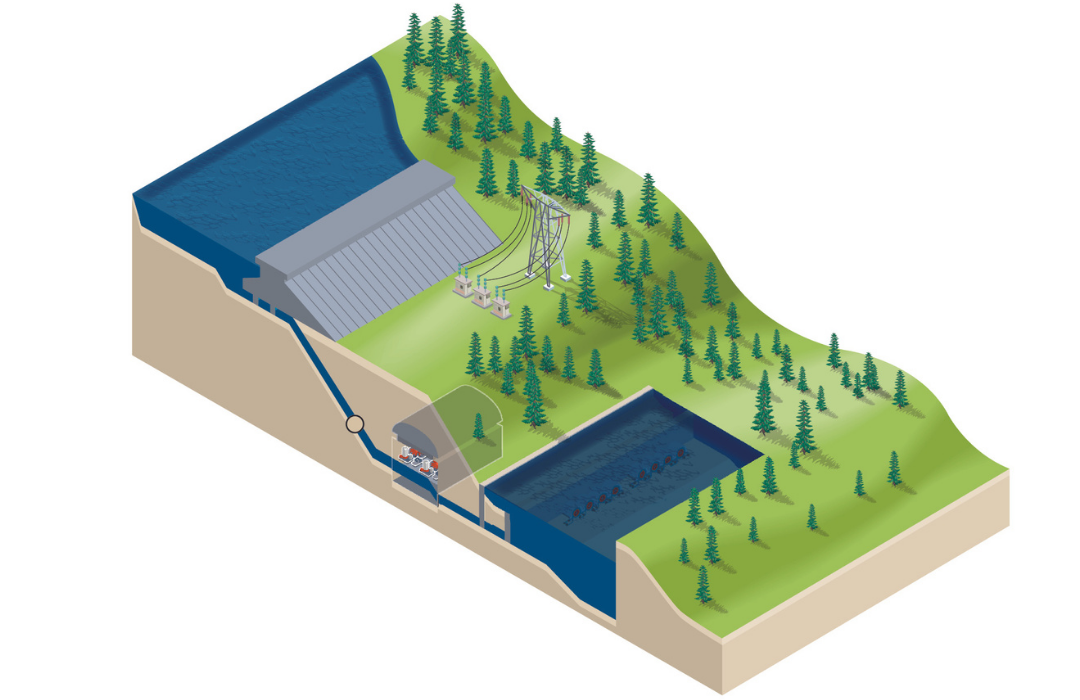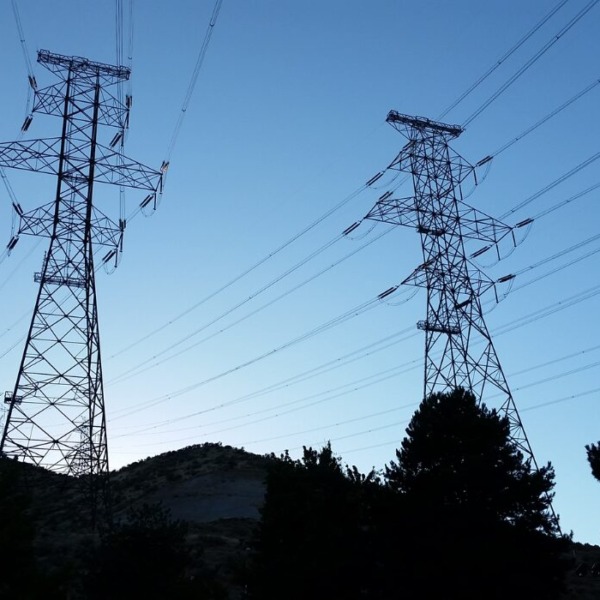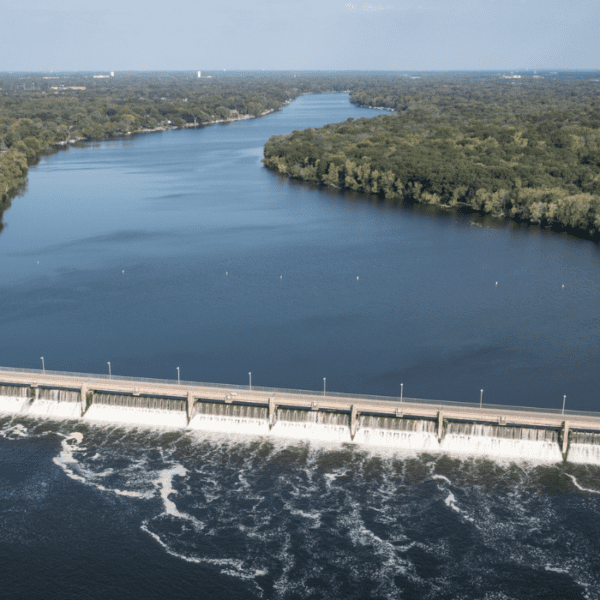Sponsored Content
While most people associate batteries with energy storage, a new study commissioned by the U.S. Department of Energy (DOE) found that hydropower could hold the key to bringing more renewables online faster and cheaper, particularly in California and the Desert Southwest.
The team of authors, led by GE Research, and including GE Energy Consulting and GE Renewables, was tasked by the DOE’s Office of Energy Efficiency and Renewable Energy (EERE) and Water Power Technologies Office to study the value and role of pumped storage hydro in supporting areas with high penetrations of renewable resources.
The Western Interconnection electrical system in North America presented the perfect case study. What’s happening there with wind and solar installations is akin to the mid-1800s gold rush, which saw hundreds of thousands of people flock west to California with the dream of striking it rich. Today, we’re seeing a “Renewables Rush,” aimed at saving the planet from climate change.

Today, about 20% of annual electrical energy comes from solar and wind within the whole Western Interconnection and is rapidly growing year over year, with higher concentrations in certain areas. The question we asked as part of this study is what role could pumped storage hydro have in supporting this increasingly intermittent, renewables energy portfolio.
First, a quick primer. Pumped storage hydro is an ingenious technology that pumps water uphill into a storage pond when we have excess, lower cost energy and releases it when we have less and need it more. Instead of, for example, storing energy in batteries, we are essentially storing water that gets released as energy through a hydro turbine when supplemental power is needed. It is a massive form of energy storage, measured in GigaWatt, not MegaWatt, hours.
For this study, we looked around the corner at an aggressive future grid scenario for the Western Interconnection electrical system in 2028 where 50% of annual electrical energy was coming from wind and solar. Could additional pumped storage hydro play a role? If yes, how impactful could it be in balancing this much of a renewables portfolio? We concluded from the study that indeed pumped storage hydro could not only play a role, it has the potential to play a pivotal one in bringing more renewables online faster and cheaper than other storage alternatives.
The study accounted for the times when the sun is most likely to be shining, examined the energy shifting required between sunlight hours and early evening, and even looked at features to boost grid resiliency and reliability. It also dug into a lot of the things system planners need to think about: What will the grid of the future look like; how does bulk storage impact market prices; and do different forms of storage complement or compete with each other.
To answer those and other questions, a detailed model of the features of a pumped storage hydro facility was built and injected into our hypothetical 2028 grid, with a simulated fleet of generating assets including expected retirements, capacity additions of gas generation, plus other forms of energy storage.

Our study concluded that in this full context, the addition of just one new 4GWh (pumped hydro) storage facility in, for example, California would reduce the full grid’s cost of providing electricity by $62 million annually, reduce the curtailment of renewable production, reduce the number of thermal fleet starts and reduce CO2 emissions by 0.5 million tons per year (equivalent to the emissions of 110,000 passenger vehicles). The costs of providing electricity in, for example, the San Diego area alone, could be expected to decrease by $10 million annually, equivalent to approximately $3 per energy consumer, per year.
Other notable conclusions from our study include:
- The discovery that short-term and long-term duration energy storage assets (e.g., batteries and pumped storage hydro) can be complementary in that both add value at different times in different ways to stabilizing an electric grid adding additional renewable energy; and
- Relatively short durations of storage (4 hours and above, indeed sometimes only 2 hours and above) are fully valued to provide grid stability.
The report, which can be accessed here Value and Role of Pumped Storage Hydro under High Variable Renewables (Technical Report) | OSTI.GOV, is a must-read for Public Utility Commissions (PUCs), utilities, developers, and regional planner organizations as well as all those who are curious about the real impact of the energy transition and in particular the role of storage in electrical systems with a high penetration of intermittent renewable generation. The report contains more detailed information for grid planners and simulators, including the latest models for simulating the most recent pumped storage technologies, with additional features for boosting grid reliability and resiliency.
When we originally embarked on this study, we asked if hydro could prime the pump for more renewables? The answer is a resounding yes.











